In Istanbul, history doesn’t stay locked in textbooks-it walks through the streets, stares at you from marble halls, and whispers in the echo of courtyard fountains. Whether you’re a local who’s lived here for decades or a visitor just off the ferry from Kadıköy, the city’s museums aren’t just places to see old things. They’re portals. Each one connects you to a different layer of a civilization that spanned empires, traded across continents, and shaped the very idea of art in the West and the East.
The Weight of Empire at Topkapi Palace Museum
Topkapi Palace Museum isn’t just a palace turned museum-it’s the beating heart of Ottoman power for over 400 years. Walk through the Courtyard of the Eunuchs, past the kitchens that once fed thousands, and into the Treasury where the Spoonmaker’s Diamond glows under glass like it’s still being held by a sultan’s hand. The museum holds the Prophet Muhammad’s cloak and sword, relics that draw pilgrims and history lovers alike. Locals know the best time to visit is early Tuesday morning, when the crowds from the European side haven’t yet flooded the gates. Skip the souvenir stalls near the main entrance and head straight to the Harem section. The tiles there-blue Iznik ceramics from the 16th century-are so vivid, you can almost smell the rosewater that once filled these rooms.Hagia Sophia: Where Faith, Art, and Politics Collide
Hagia Sophia doesn’t need a label. It’s a cathedral, then a mosque, now a museum again-though the debate over its status still rages in cafés along the Bosphorus. Inside, the dome still feels like it’s holding up the sky. The mosaics of emperors and empresses, half-hidden behind velvet curtains during its years as a mosque, now shimmer again in the daylight. The calligraphy panels, each over 12 feet tall, were added by Ottoman master calligraphers like Kazasker Mustafa Izzet Efendi. If you’ve ever stood in the middle of the nave and looked up, you know why Byzantine architects called it ‘a wonder of the world.’ Locals say the best light comes between 10 a.m. and noon, when the sun hits the gold tesserae just right. Bring a scarf if you’re visiting on a Friday-some worshippers still pray here, and the space remains sacred to many.The Istanbul Archaeology Museums: A Single Complex, Three Civilizations
Just across from Topkapi, the Istanbul Archaeology Museums are three buildings in one: the Museum of the Ancient Orient, the Archaeological Museum, and the Tiled Kiosk Museum. You’ll find the Alexander Sarcophagus here, carved with battle scenes so detailed you can count the arrows in the soldiers’ backs. The Code of Hammurabi’s Babylonian tablet? It’s here too, alongside Phoenician funerary steles and Hittite cuneiform tablets. The museum’s collection of 1.2 million artifacts makes it one of the largest in the world. Locals often visit on Sundays after morning coffee at the nearby Şehzade Mosque courtyard. The Tiled Kiosk, built in 1472, is a hidden gem-its blue-and-white Iznik tiles predate the ones in Topkapi by decades. Don’t miss the Roman busts in the main hall. One of them, a marble portrait of Emperor Hadrian, was found near the ancient city of Pergamon and still carries the faint scent of earth from its last excavation.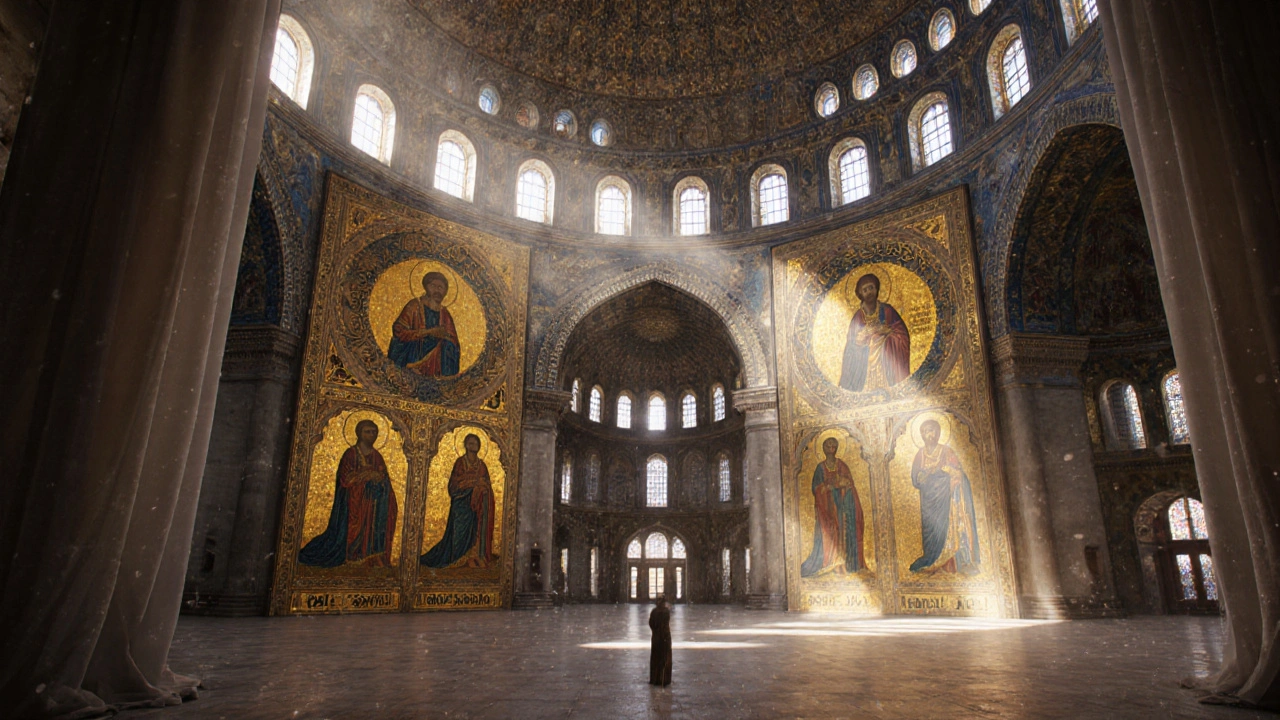
Modern Art in a Historic City: Istanbul Modern
If you think Istanbul only lives in the past, step into Istanbul Modern on the Galata shore. This is Turkey’s first and most respected contemporary art museum, housed in a renovated warehouse that once stored coffee beans from Yemen. The building’s raw concrete and steel frame contrast with the vibrant canvases inside-artists like Fahrelnissa Zeid, whose abstract portraits explode with color, and Barış Doğrusöz, who turns Ottoman calligraphy into digital installations. The rooftop café overlooks the Bosphorus Bridge and is packed every evening with artists, students, and expats sipping Turkish coffee while watching the sunset paint the minarets gold. The museum’s permanent collection includes over 1,800 works from the late 19th century to today. Look for the 1960s paintings by Nil Yalter, who documented the lives of Kurdish women in Southeastern Turkey-rare, powerful pieces rarely seen outside this museum.The Pera Museum: Ottoman Glamour and Orientalist Dreams
Tucked into the upscale Beyoğlu neighborhood, the Pera Museum feels like stepping into a 19th-century European salon-except everything here is Turkish. Its most famous exhibit, the Orientalist Paintings collection, includes works by Jean-Léon Gérôme and Osman Hamdi Bey, who was not just a painter but also the founder of the Istanbul Archaeology Museums. His 1880 painting The Tortoise Trainer shows a man calmly guiding turtles in a garden, a quiet metaphor for patience in a fast-changing world. The museum also hosts rotating exhibits on Ottoman photography, including rare glass-plate images of Istanbul’s streets in the 1880s-horse-drawn carts, women in headscarves, and men in fezzes. The café here serves boza, a fermented grain drink popular in winter, and baklava made with pistachios from Gaziantep. Locals say the best time to come is on a rainy Thursday afternoon, when the light through the tall windows turns the marble floors into mirrors.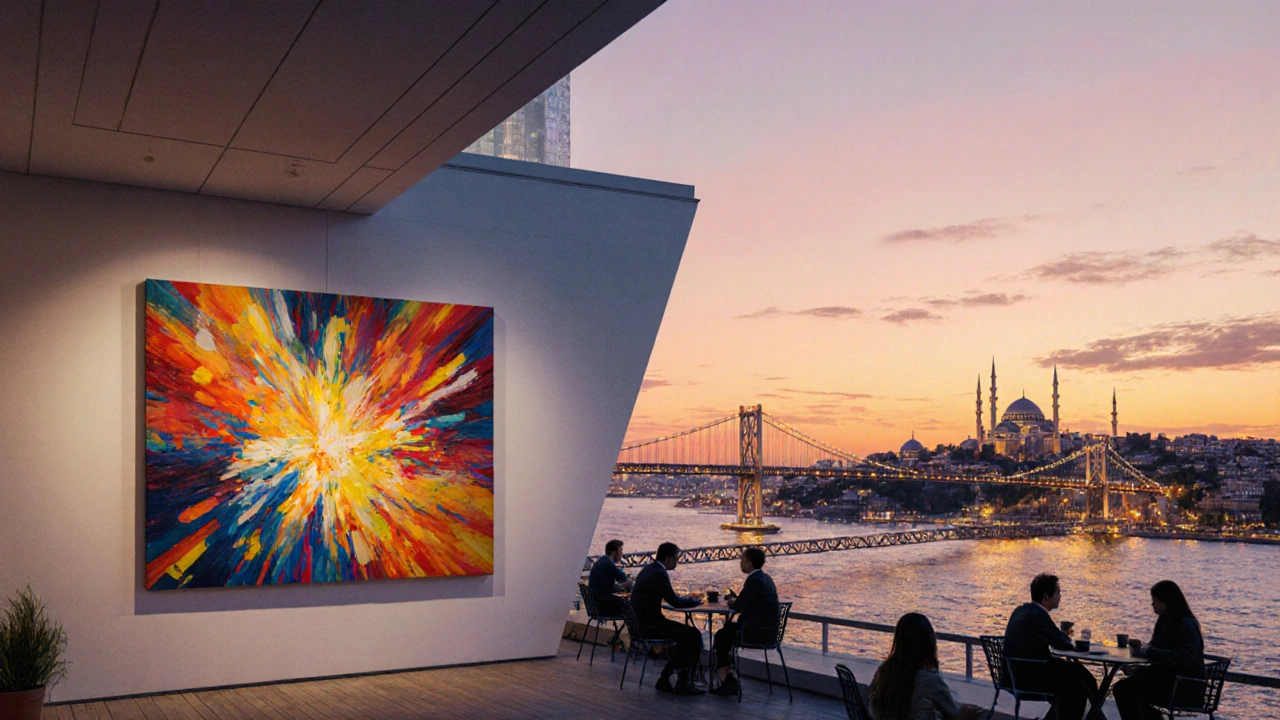
Other Hidden Gems You Might Not Know About
There’s more to Istanbul’s museum scene than the big names. The Chora Museum (Kariye Museum) in the quiet neighborhood of Edirnekapı holds some of the most stunning Byzantine mosaics in the world-figures of saints that look like they might step off the wall if you blink too hard. The Hammer Museum in Beşiktaş is a small, private collection of Ottoman-era weapons and armor, run by a retired naval officer who still gives guided tours in Turkish and English. And don’t overlook the Nezahat Gökyiğit Botanik Museum in Kadıköy, a quiet space filled with dried plants and botanical illustrations from the Ottoman Empire’s herbalists. It’s the kind of place you stumble into after getting lost in the Kadıköy market-and you’ll leave with a deeper appreciation for how Turks once understood nature.Practical Tips for Visiting Istanbul’s Museums
- Buy the Museum Pass Istanbul-it covers 10 major museums and saves you up to 40% if you plan to visit more than three.
- Most museums close on Mondays. Plan your visits around that.
- Use the Metro to reach museums. The M2 line stops at Sultanahmet (for Topkapi and Hagia Sophia) and Şişhane (for Pera Museum).
- Carry a small bottle of water. The air inside older buildings can be dry, and there aren’t always water fountains.
- Many museums offer free entry on the first Sunday of the month. Locals know this and arrive early.
- Download the official museum apps before you go. Some have audio guides in Turkish, English, and Arabic.
Why These Museums Matter to Istanbul
These aren’t just collections of old things. They’re proof that Istanbul never stopped being a crossroads. In one room, you’ll find a Roman coin minted in Ephesus. In the next, a Kurdish embroidery from Diyarbakır. In another, a 21st-century video piece by a Turkish artist in Berlin. This city doesn’t preserve its past to look back-it uses it to understand itself today. When you walk out of the Istanbul Archaeology Museums and hear the call to prayer from the Blue Mosque, you’re not hearing a tradition frozen in time. You’re hearing the same rhythm that’s been echoing here for 1,500 years.Which museum in Istanbul is the most visited?
Topkapi Palace Museum is the most visited, drawing over 1.5 million visitors annually. Its combination of imperial history, royal treasures, and panoramic views of the Bosphorus makes it a must-see for both tourists and locals.
Is the Hagia Sophia still a museum in 2025?
As of 2025, Hagia Sophia is officially a mosque, but it remains open to visitors during non-prayer hours. The mosaics are still visible, and guided tours are available. Visitors must dress modestly, and entry is free, though timed tickets are required during peak seasons.
Can I visit all the major museums in one day?
It’s possible, but not recommended. Topkapi, Hagia Sophia, and the Archaeology Museums are all in Sultanahmet and can be done in a long day. Adding Pera Museum or Istanbul Modern means crossing the city. Spread your visits over two or three days to truly absorb each place.
Are there free museums in Istanbul?
Yes. The first Sunday of every month, most state-run museums offer free entry. The Pera Museum and Istanbul Modern charge admission daily, but they occasionally host free nights for special exhibitions. The Galata Tower’s museum is free with the purchase of a ticket to the tower itself.
What’s the best way to get to museums in Istanbul?
The metro and tram are the most reliable. The T1 tram runs from Sultanahmet to Kabataş, passing Topkapi, Hagia Sophia, and the Archaeology Museums. For Pera Museum and Istanbul Modern, take the M2 metro to Şişhane or Karaköy. Taxis are easy to find, but traffic can be heavy-especially during rush hour.
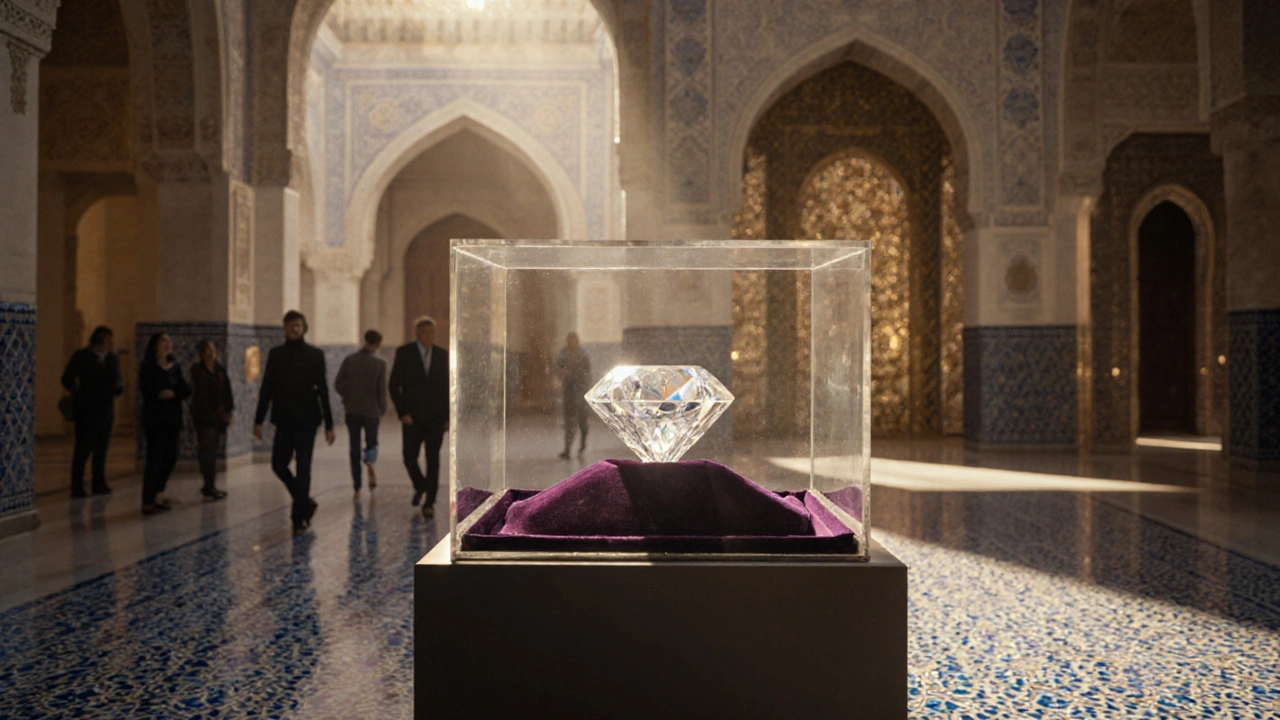

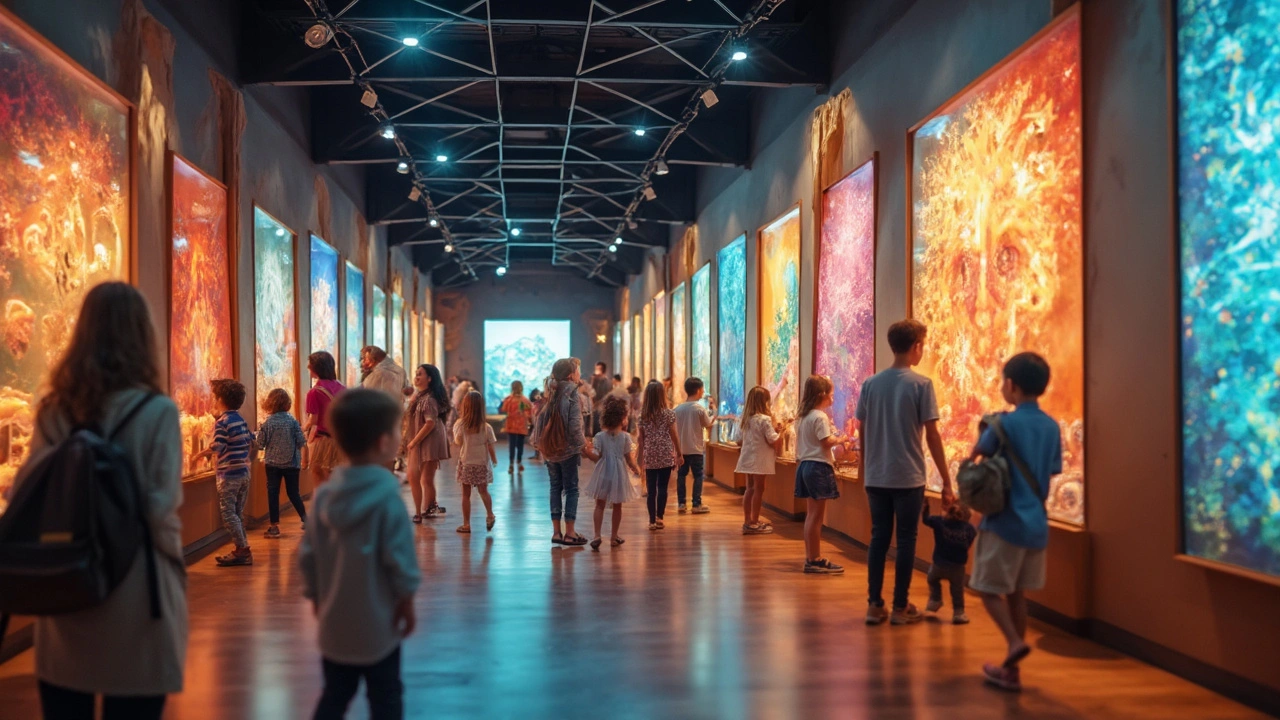
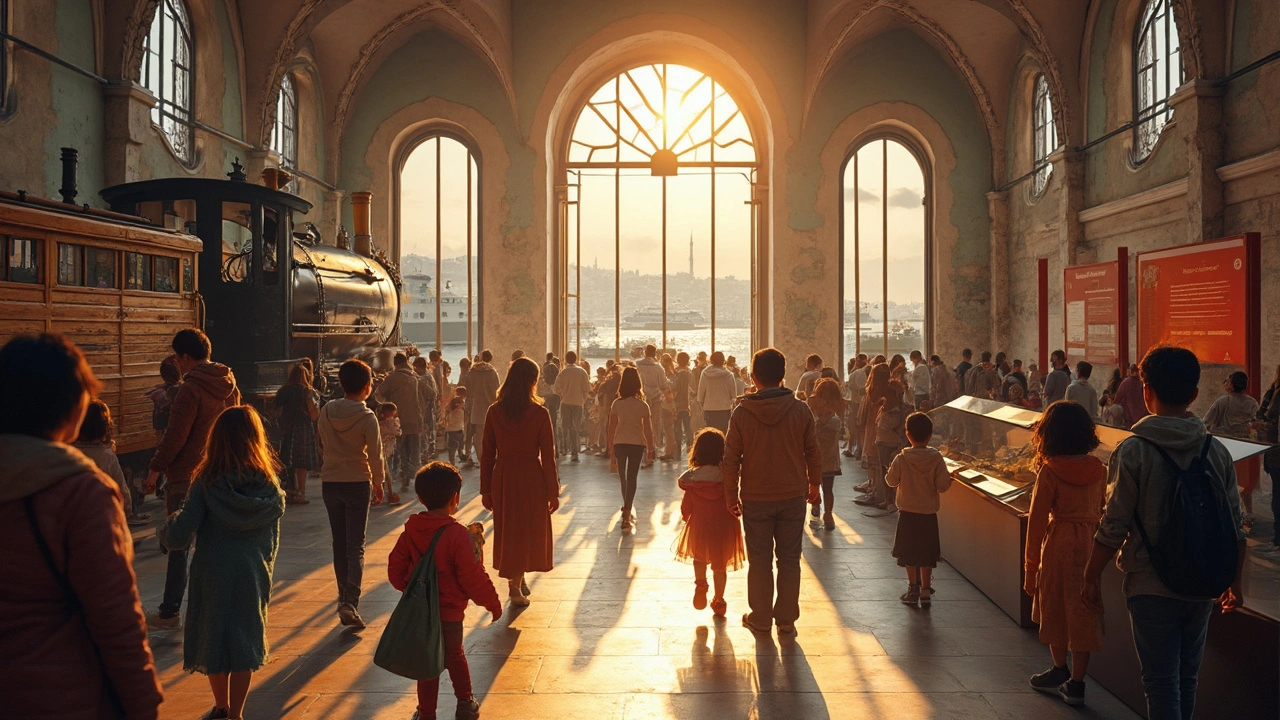

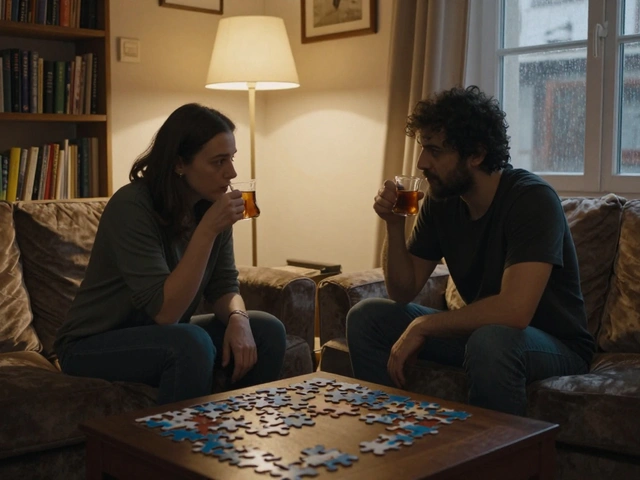
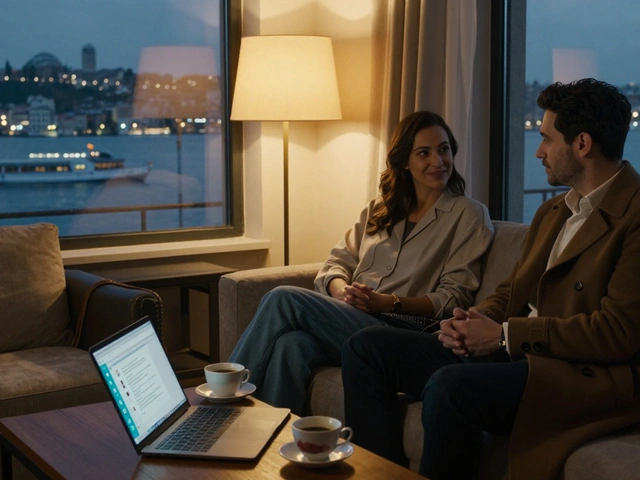
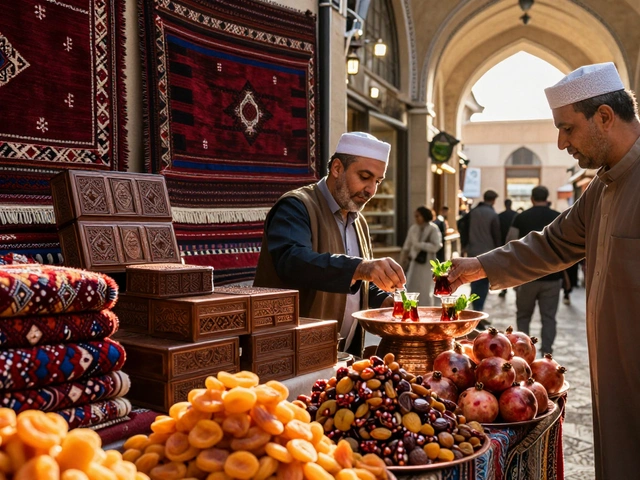
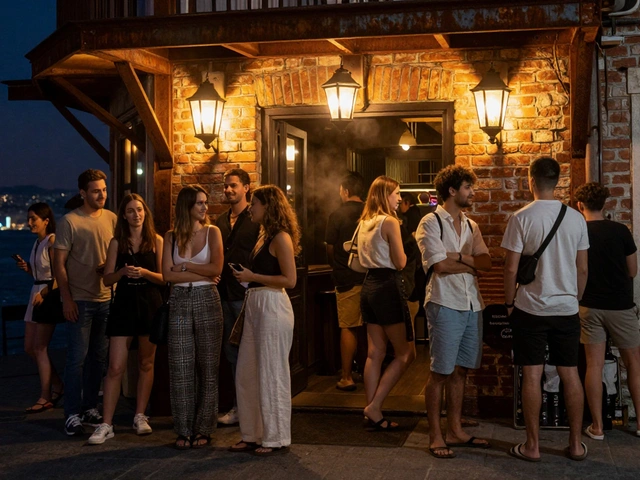

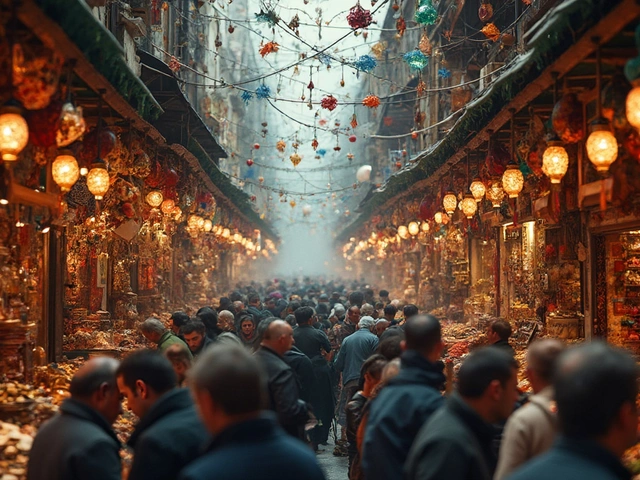
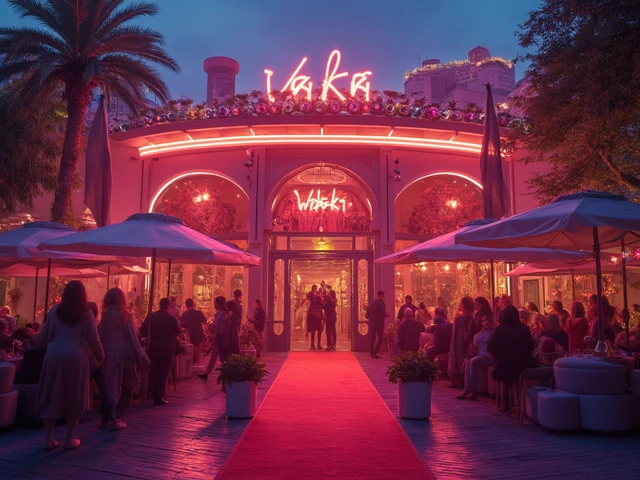
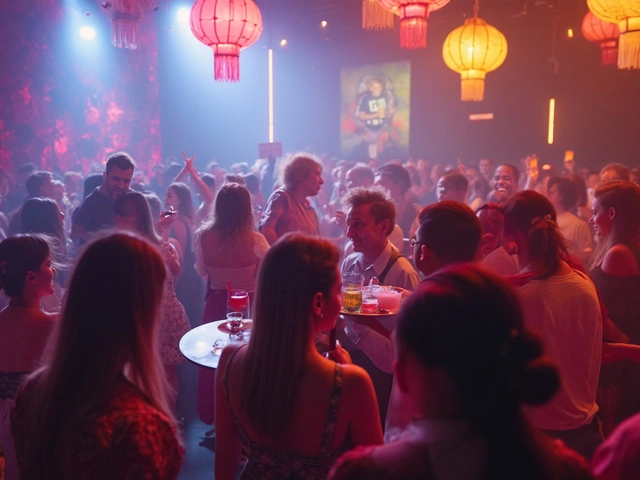
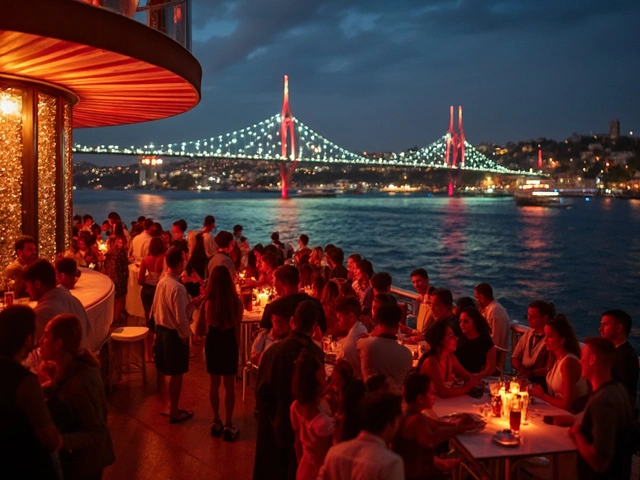
6 Comments
The Ottoman treasury at Topkapi isn't just a collection of jewels-it's a performative archive of imperial narcissism disguised as cultural preservation. The Spoonmaker’s Diamond? A colonial trophy repackaged as divine relic. And let’s not forget the Prophet’s relics-curated with the same fetishistic zeal as a Victorian cabinet of curiosities. The Iznik tiles? Gorgeous, yes, but their chromatic intensity is a deliberate distraction from the erasure of Armenian and Greek artisans who actually crafted them. This isn’t heritage-it’s aestheticized hegemony wrapped in velvet ropes and audio guides in five languages.
And don’t get me started on Hagia Sophia’s ‘mosaics being visible again.’ That’s not restoration-it’s erasure in reverse. The Ottoman calligraphy wasn’t ‘hidden’; it was sacred. Now it’s a backdrop for selfie-sticks. The architecture didn’t change; the ideology did. And the ‘guided tours’? Just state-sanctioned nostalgia porn for Western tourists who think Byzantium was a theme park.
The Istanbul Archaeology Museums? A colonialist’s wet dream: Babylonian tablets next to Hittite cuneiform, all neatly labeled by a British-trained curator who never asked who the original custodians were. The Alexander Sarcophagus? Stolen from Sidon. The Hadrian bust? Looted from Pergamon. And we’re supposed to be moved by the ‘scent of earth’? That’s the smell of looted soil.
Even Istanbul Modern is complicit. Zeid’s portraits? Framed as ‘feminist’ while the museum ignores the fact that Turkish women still can’t inherit land equally. The rooftop café? A gentrification billboard. The art is radical, but the institution? A bourgeois perfume counter for expat Instagram influencers.
And Pera Museum’s ‘Orientalist Paintings’? That’s not art-it’s a museum of racist fantasy. Gérôme’s harems, Hamdi Bey’s turtles-both reduce Ottoman life to exotic postcards. The museum calls it ‘glamour.’ I call it epistemic violence. And the boza? A cute gimmick to make you forget you’re standing in a palace of colonial gaze.
The ‘hidden gems’? Chora’s mosaics are the only thing here that hasn’t been sanitized. But even that’s now a UNESCO-approved photo op. The Hammer Museum? Run by a retired naval officer who probably thinks the Armenian Genocide was a ‘misunderstanding.’ And the Botanik Museum? A charming footnote in a city that’s erased its own ecological memory.
The Museum Pass? A corporate trap. The ‘free Sundays’? A PR stunt. The metro advice? Helpful, but irrelevant if you’re not a citizen with a Turkish ID. This whole piece reads like a Lonely Planet ad written by a tenured Orientalist. It’s not about museums. It’s about who gets to narrate history-and who gets erased in the process.
ok but like… what if hagia sophia was never a museum at all? like, what if it was always supposed to be a mosque and the whole museum thing was just some westerner’s dumb idea? i mean, why do we even care what it was called? it’s still holy. the mosaics are still there. people still pray. why make it a drama? also topkapi is sooo pretty but i went there and the diamond was like… kinda small? like, i expected a basketball. and the tiles? yeah they’re nice but i’ve seen prettier on pinterest. also i think the archaeology museum is just a bunch of old rocks and people are lying about the sarcophagus. who even is alexander? and why does everyone care about him? also i think the guy who runs the hammer museum is a spy. i swear i saw him wink at me. and the botanik place? that’s just dead plants. why is that a museum? also i heard the museum pass is a scam. they charge you for the toilet. lol.
Okay, I just got back from Istanbul last week and I need to say-this article didn’t even scratch the surface. Like, I went to Topkapi at sunrise and the light hitting the harem tiles? I cried. Not because I’m emotional, but because it felt like time folded in on itself. The air smelled like old wood and rosewater and something… ancient. And then I walked to Hagia Sophia and just stood there for twenty minutes, staring up at that dome like it was going to whisper secrets to me. It did. Not in words. In silence.
The Archaeology Museums? I spent three hours there. Three. Hours. The Alexander Sarcophagus? It’s not just carved-it’s screaming. Every muscle, every arrow, every soldier’s face-like they’re frozen mid-scream. And the Hittite tablets? I sat on a bench just reading the translations on my phone, and I swear I felt the weight of a civilization that nobody remembers anymore.
Istanbul Modern? The Zeid paintings? I stood in front of one for 45 minutes. It wasn’t just color-it was rage. It was grief. It was a woman screaming without a mouth. And the rooftop café at sunset? I drank Turkish coffee so strong it made my heart skip, and I watched the Bosphorus turn gold and then purple and then black, and I thought-this city doesn’t just hold history. It breathes it.
And the Botanik Museum? I didn’t even know it existed. Found it because I got lost chasing a stray cat. The dried orchids from 1890? They looked like they were still growing. Like the earth hadn’t let go of them yet. I didn’t leave until the security guard politely shooed me out. I didn’t care. I felt like I’d been given a secret.
This city doesn’t give you history. It lets you feel it. And if you’re not feeling it? You’re not looking hard enough.
Thank you for the thoughtful overview. I’ve visited Istanbul three times, and your descriptions align closely with my own experiences-particularly regarding the layered nature of cultural memory in the city’s institutions. One nuance worth noting: the reclassification of Hagia Sophia as a mosque in 2020 was not merely a political act but also a reflection of evolving national identity discourse in Turkey. The preservation of mosaics under Islamic guidelines, while controversial, demonstrates a complex negotiation between heritage conservation and religious practice.
The Ottoman-era artifacts in the Archaeology Museums are indeed among the most significant in the world, but their curation reflects early 20th-century Ottoman archaeology practices, which prioritized imperial continuity over pluralistic narratives. Modern scholarship increasingly critiques this framing, and I encourage visitors to seek out the museum’s newer interpretive panels, which now include references to non-Turkish contributors to the collections.
Additionally, Istanbul Modern’s inclusion of artists like Nil Yalter represents a vital shift toward acknowledging marginalized identities within Turkish art history-a move that deserves recognition beyond the aesthetic appeal of the works themselves. The museum’s architectural repurposing of a former warehouse also exemplifies adaptive reuse as cultural memory, a concept increasingly relevant in global urban contexts.
Practical note: The Museum Pass is indeed cost-effective, but be aware that some satellite exhibits (e.g., the Museum of Innocence) are excluded. Also, the M2 metro line does not directly serve the Pera Museum; Şişhane station is a 12-minute walk uphill. A taxi from Karaköy is often more efficient for time-constrained visitors.
Yo. If you’re even THINKING about skipping the Chora Museum, you’re doing Istanbul wrong. I went there on a rainy Tuesday and the place was empty. I had the whole Byzantine mosaic chapel to myself. The saints? They’re not painted-they’re alive. Eyes following you. Hands reaching out. I swear one of them smiled. I cried. No shame.
And the Hammer Museum? That guy? He’s a legend. He told me stories about Ottoman cannons that could fire a cannonball the size of a watermelon. He showed me a dagger that belonged to a janissary who died at Vienna. He didn’t charge me a cent. Just asked if I’d bring him baklava next time. I did. He hugged me.
You wanna see real history? Not the polished, postcard version? Go to the Botanik Museum. Sit on that bench by the window. Look at the dried lavender from 1847. Smell it. It still smells like a woman’s kitchen. That’s not a relic. That’s love.
And yeah, the Museum Pass? Buy it. Don’t be cheap. You’ll thank me when you’re not standing in line for the 10th time. Take the tram. Walk. Get lost. Let the city surprise you. Don’t just check boxes. Feel it. This isn’t a tour. It’s a soul reset. Go. Now. I’ll wait.
The article is structurally sound but fundamentally disingenuous. It presents cultural heritage as apolitical spectacle, omitting the systemic erasure of non-Turkish narratives under the guise of ‘crossroads’ rhetoric. The Ottoman state’s archival practices were colonial in nature, and contemporary museum curation continues to privilege imperial aesthetics over indigenous epistemologies. The inclusion of Kurdish embroidery in the ‘crossroads’ framing is performative-no contextualization is offered regarding the state’s historical suppression of Kurdish cultural expression.
The claim that Hagia Sophia’s mosaics remain ‘visible’ is misleading. Their partial concealment under Islamic calligraphy during the 1935–2020 museum period was a deliberate act of preservation; their re-exposure post-2020 reflects a nationalist reclamation, not cultural continuity. The article’s framing of this as ‘sacred space’ ignores the legal and theological controversies surrounding its status.
The ‘free first Sunday’ policy is a fiscal strategy to reduce operational costs, not an act of public access. The Museum Pass, while cost-efficient, excludes key sites like the Museum of Innocence and the Pera Museum’s rotating exhibitions, rendering it a selective subsidy. The article’s recommendation of the M2 metro ignores the accessibility barriers for elderly or disabled visitors.
Moreover, the romanticization of ‘hidden gems’ like the Hammer Museum normalizes private, unregulated collections that lack curatorial transparency, provenance documentation, or conservation standards. The reference to the ‘scent of earth’ on the Hadrian bust is pseudoscientific sentimentality-no artifact retains olfactory traces from excavation without controlled environmental preservation.
This piece functions as cultural tourism propaganda, masking structural inequities under aestheticized nostalgia. The real story is not what is displayed-but what is omitted.